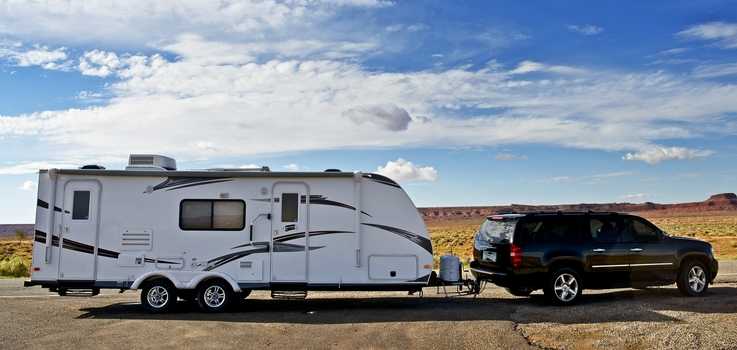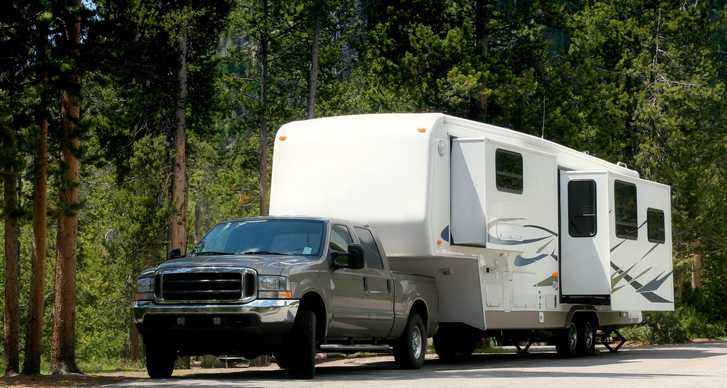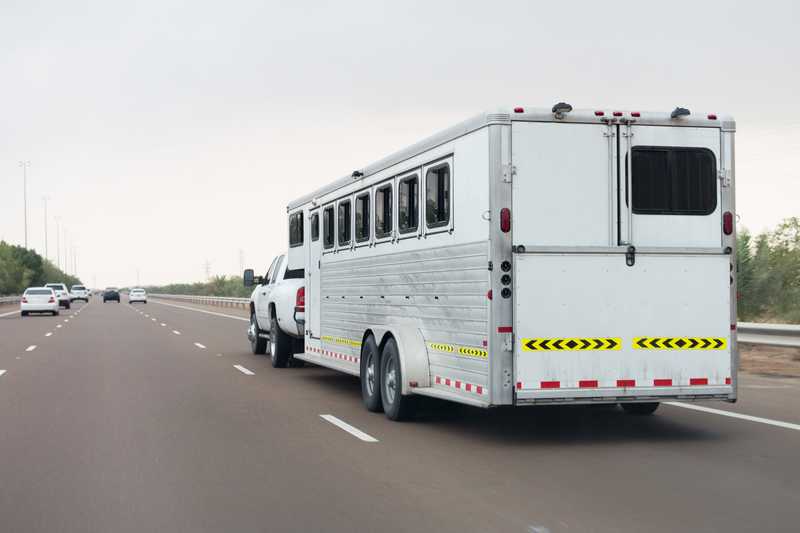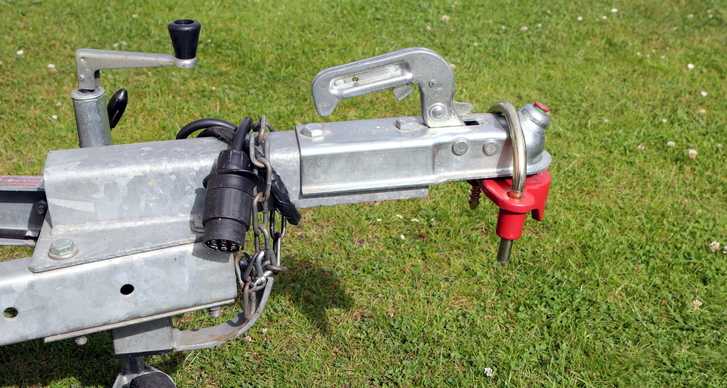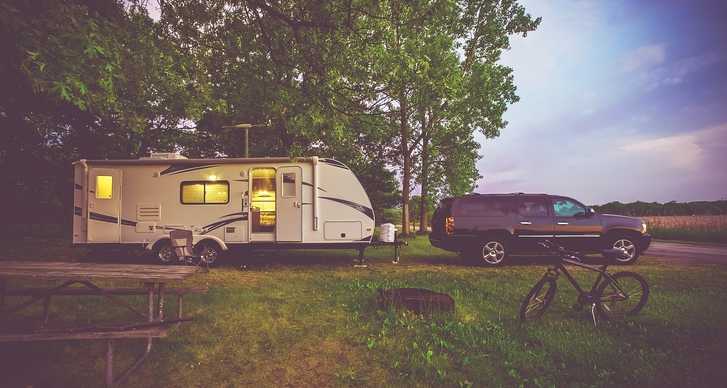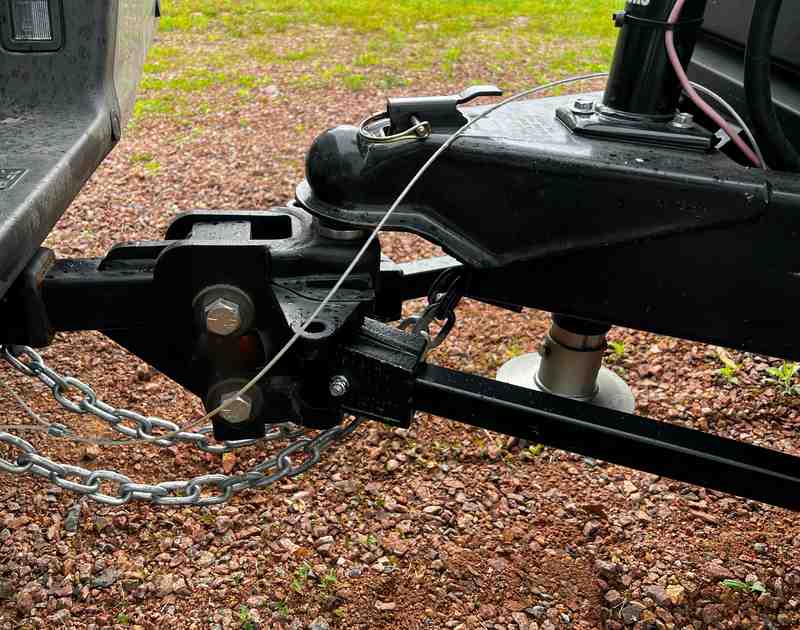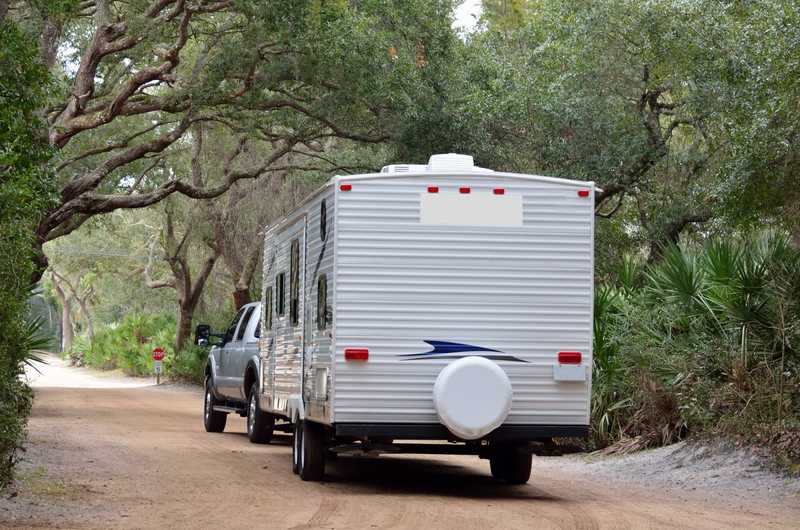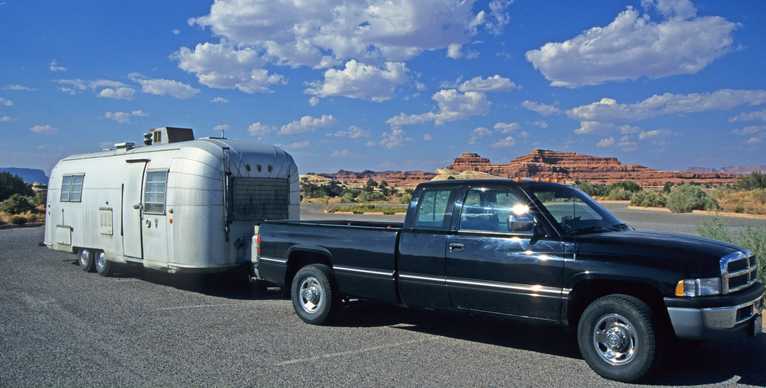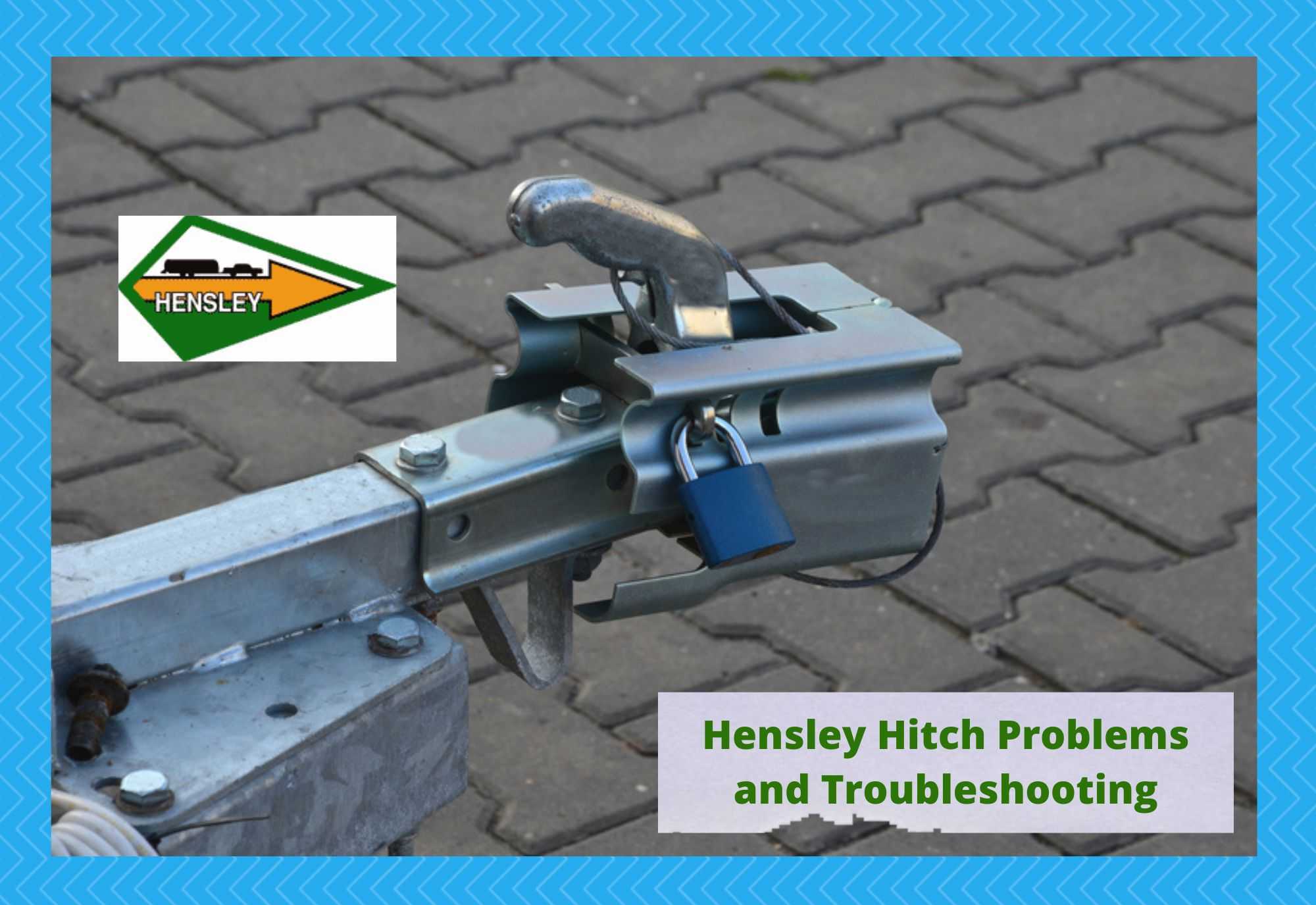
Do you get nervous about your trailer swaying behind your vehicle while driving? You’re not alone in this concern. One of the biggest problems people have with towing vehicles is difficulty controlling the vehicle they tow behind them.
Fortunately, if you purchase the Hensley trailer hitch, you don’t have to worry about a lack of control while driving and towing another vehicle.
These hitches are designed to minimize swaying on the road so you can stay in your lane. Minimizing accidents on the road is the best way to get from one destination to another safely.
However, you should teach yourself about common Hensley hitch problems before you hit the road.
Please continue reading to learn everything you need about these problems and how you can fix them. Our guide will discuss the most common problems and troubleshooting methods people follow.
Hensley Hitch Problems and Troubleshooting
Hensley Hitch Purpose
The Hensley hitch differentiates itself from other towing hitches by preventing vehicles from swaying behind you while you drive. This creates a safe environment for yourself and everyone who shares the road.
In addition, you’ll save money on insurance and repairs when you minimize potential accidents by purchasing a Hensley hitch.
However, despite the increased safety measures the Hensley hitch offers, people experience problems with these towing hitches.
Technology has not developed enough to create the perfect pitch with no problems, so don’t take this guide as a deterrent from purchasing one of these hitches. Every trailer hitch you purchase has problems you should prepare yourself for.
Common Issues with the Hensley Hitch
The first step you need to take when troubleshooting your Hensley hitch is identifying potential problems. Even though this is a safe and reliable trailer hitch, problems can arise at the worst times.
Most people don’t prepare themselves for trailer hitch problems and end up stranded in a bad situation.
Below, we will discuss the most common contributing issues with the Hensley hitch that people have while towing vehicles. Understanding the most common problems is the easiest way to identify and resolve Hensley hitch malfunctions.
1. Hard To Control Vehicle
If the jacks on your vehicle are configured correctly, you won’t have problems controlling the vehicle that you tow. However, when jacks aren’t configured properly, or there’s something wrong with your leveling system, it’s impossible to control either vehicle the way you would like.
Despite the anti-sway technology, it’s important to level your vehicles properly before towing.
When you have trouble controlling either of your vehicles, it can cause a road hazard for everybody driving.
Avoid as many hazards as possible while you drive to keep yourself and others safe. Vehicle accidents are extremely common, and you don’t want to participate in this statistic.
2. Damaged Hitch
Although receiving a damaged Hensley hitch is extremely uncommon, it’s not impossible. Sometimes things can go wrong at the manufacturing facility that causes the hitch to be dense where it’s not supposed to be.
If you notice any of these problems, you’ll want to contact the manufacturer for assistance.
It is unsafe to tow a vehicle behind a damaged hitch because it can damage both. It can also create an unsafe environment on the road for everybody in your area.
Avoiding car accidents is the best way to protect yourself financially and physically. Driving with a damaged trailer hitch could put you at fault for an accident.
3. Exceeded Weight Limit
Even though Hensley hitches are extremely durable and can tow plenty of weight, you do not want to exceed the weight limit. Always consult your user manual to ensure that you stay within the constraints of your weight limit.
This includes any appliances or furniture you have in your vehicles that could contribute to your weight.
Some people only consider the weight of the Vehicle they tow and not the items they keep inside of it. If you exceed the weight limit on your Hensley hitch, it won’t work as it’s supposed to. Safety should always be your number one priority when using your Hensley hitch.
Troubleshoot Hensley Hitch Problems
Learning about the most common causes for your Hensley hitch problems is the first step to the troubleshooting method.
It would be best to familiarize yourself with these problems before your next road trip to avoid any unexpected problems while driving. If you wait too long to address potential problems, you could be in a sticky situation.
1. Remove Weight from Hensley Hitch
To troubleshoot your Hensley hitch, you should first remove weight. The weight limit should never be exceeded on your Hensley hitch or reached the maximum amount. The closer you are to the maximum weight limit, the more likely you will encounter problems with your Hensley hitch.
You can remove weight from your Hensley hitch by towing a different vehicle, removing furniture, or removing appliances. Unfortunately, many people like to tow their travel trailers with these hitches and add too much furniture to the vessel.
You don’t need to overstuff your trailer during your road trip. Instead, consider only bringing essential items.
2. Adjust Your Weight Distribution
Aside from having too much weight on your Hensley hitch, you could also have improper weight distribution. Try shifting some materials from one vessel to another to even out this distribution.
It’s common for people to add too much weight to the back of their trailer hitch and not enough weight up front.
The easiest way to add weight to the front of your trailer hitch would be to remove furniture from your trailer and add it to the truck bed.
If you don’t have a truck bed, you can add items to your vehicle’s trunk or back seat. Either way, adding weight to the front of your trailer hitch is the best way to distribute.
3. Contact Customer Support
Finally, if you still experience problems with your Hensley hitch, we recommend contacting customer support. One of your hitch parts could be wrong, causing an issue while you drive. Mistakes and mishaps during manufacturing are uncommon, but they’re not impossible.
Contact customer support as soon as you detect an issue to see if you’re eligible for a refund or replacement.
In some situations, the manufacturer will have you ship back the item so that they can examine it to ensure that you didn’t cause the damage.
Manufacturers usually only repair damage if it happens on their end. It’s usually easy for manufacturers to detect when a problem is not caused at the factory.
If you have trouble contacting the manufacturer, it would be best to contact the place you purchased this towing hitch.
Sometimes manufacturers put the burden of issuing refunds or replacements on the stores instead of themselves. Ask about the store’s refund policy and see if you’re eligible.
Why Weight Guidelines Matter on Your Hensley Hitch
The weight guidelines for your Hensley hitch are some of the most important factors you should consider before you travel.
- Improper weight distribution can make it difficult to control: even when you keep yourself within the weight restraints of your towing hitch, you must distribute the weight properly. Otherwise, it can be difficult to control the vehicle you tow, even with the anti-sway technology on the Hensley hitch.
- Too much weight can wear out your vehicle tires: one of the biggest reasons you need to modulate the weight that you tow behind your Hensley hitch is that too much weight can wear out your vehicle tires. Wearing out the track on your tires can cause you to replace them sooner than necessary.
Weight guidelines aren’t only important on your Hensley hitch. Whenever you tow a vehicle, it’s important to pay attention to the hitch weight guidelines and your vehicle weight guidelines. This is because some vehicles are not able to tow other vehicles safely.
Attempting to tow a vehicle outside your other vehicle’s weight guidelines could add too much wear and tear to your engine. In addition, replacing an engine is extremely expensive.
How To Hookup Hensley Hitch
Sometimes the raising your hands Lee hitch doesn’t work right because you don’t hook it up properly. Follow the steps below to hook up your Hensley hitch.
- Check your user manuals to stay within your weight constraints
- Use a tape measure to measure the height of your toe hitch
- Connect the hitch to the back of your vehicle
- Connect your trailer to the hitch.
The guidelines for your setup might vary depending on your vehicle. You can find towing guidelines in your vehicle’s user manual.
Final Thoughts
The Hensley hitch is a great option for people looking to optimize their road safety while towing another vehicle. However, if you don’t attach the vehicles properly or add incorrect weight distribution, it can impair your safety measures.
Traveling with a damaged towing hitch can lead to a vehicle accident that’s difficult to recover from. We recommend test-driving your trailer hitch in a parking lot before taking it on the road. This is the best way to ensure that everything is hooked up properly.

